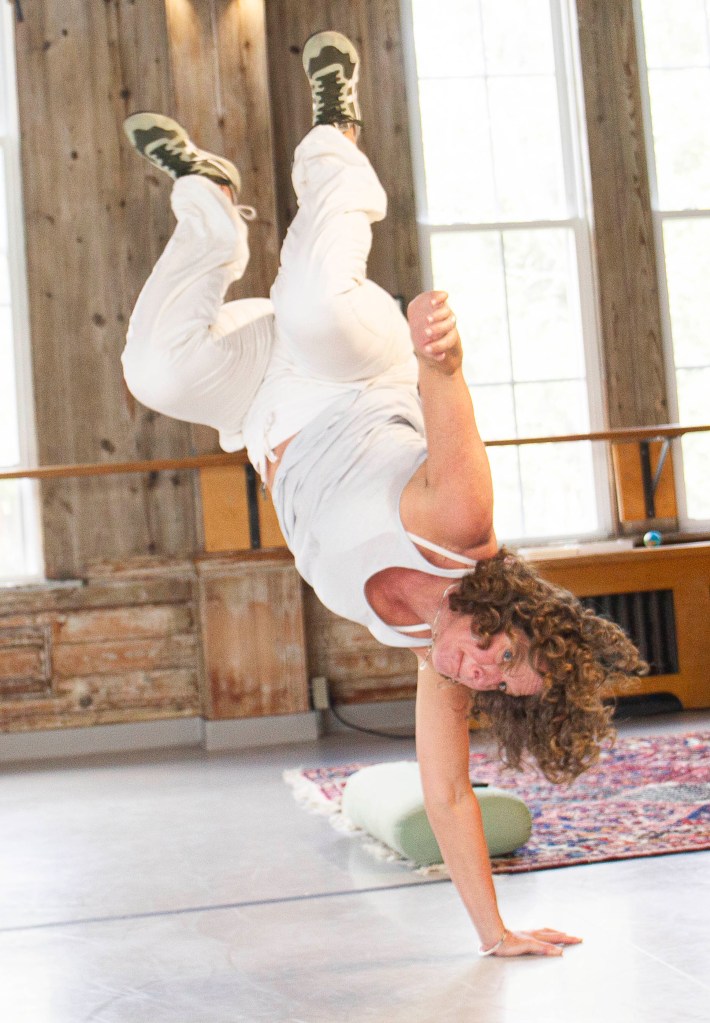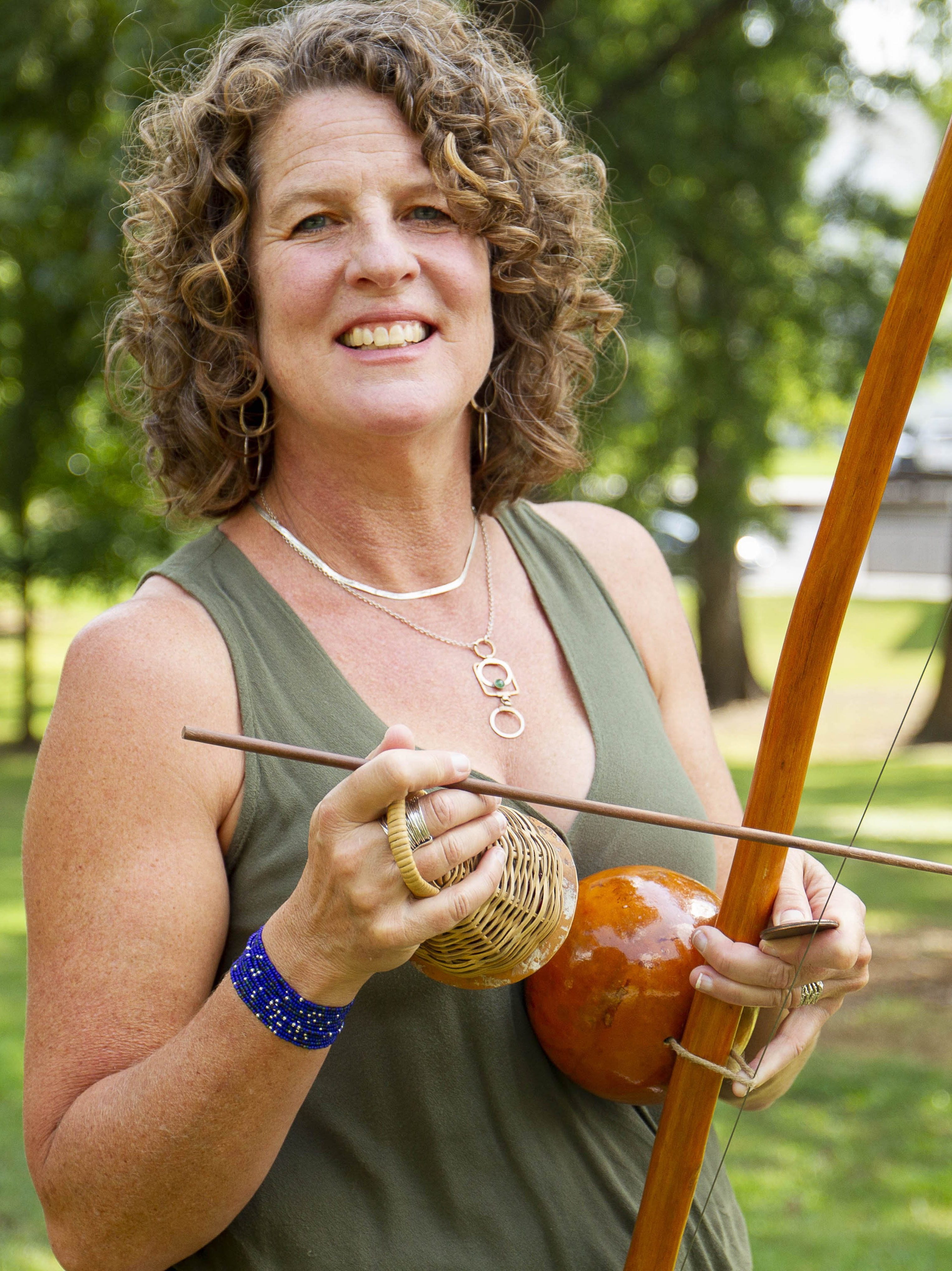In Capoeira Connections: A Memoir in Motion, Katya Wesolowski—a capoeirista and Duke University lecturing fellow of cultural anthropology and dance—explores her personal journey from novice to instructor as well as her decades of research as an anthropologist in Brazil, Angola, Europe, and the United States. We asked Katya Wesolowski some questions about her new book, which we’re sharing below.
How would you describe capoeira to someone who’s not familiar with it? Are there any common misconceptions about it?
Capoeira is an Afro-Brazilian combat game that combines fight, dance, acrobatics, ritual, percussive music, and call-and-response singing. You can find capoeira groups everywhere—from Brazil to Angola, Europe to the U.S., Australia to Japan. Misconceptions arise when we attempt to pigeonhole or categorize capoeira as any one thing. It is many things: Brazilian and African; playful and aggressive; beautiful and cunning; competitive and cooperative; deeply rooted in the tragedy of the Transatlantic slave trade; and a living, dynamic expressive practice that means a lot of things to a lot of different people around the world today.
When did you know that you wanted to write this book? What led you to this subject and method of research?
Some anthropologists get involved in a topic once they decide to study it. Others, like me, are involved in something, and then decide to study it as an anthropologist. By the time I started my PhD program in anthropology, I had been training capoeira for a number of years and immediately realized it would be a fantastic lens for thinking about race, class, gender, and globalization—and it was something I loved to do. Researching it ethnographically, with participant-observation, was of course the logical method as I was already a participant. Since I was so deeply engaged as a practitioner, I knew early on that I wanted to write a book that was scholarly but also accessible to other capoeiristas.
What do you hope readers will enjoy the most about your book?
The storytelling. Stories are what drew me into cultural anthropology: my favorite ethnographies are ones that use stories to teach about the world and the way people live. I hope my readers will come to care about capoeira and the people in my book almost as much as I do. As with a good novel, maybe when they reach the end, they will be a little sad to leave the world I have shared with them. The good news is, because Capoeira Connections is nonfiction, they can go out and join a capoeira group themselves!

When did you begin practicing capoeira and what motivated that?
I first saw capoeira in my hometown of Berkeley, California, when I was 18 years old and I fell in love with it. I was an athlete and dancer and had always wanted to train in martial arts and gymnastics, but they seemed too rigid and serious for me. I loved the playfulness of capoeira, its fluidity, dialogue and creativity. And the circle of diverse participant-spectators clapping and singing and cheering was so attractive—I knew immediately that I wanted to be part of such a community.
What is your capoeira nickname and what does it mean to you?
Camarão or Shrimp. A nickname marks a capoeirista’s new identity and inclusion in the capoeira world. Like many capoeira nicknames, mine pokes fun: I received it on my first trip to Brazil when my face turned bright red from playing capoeira in 100+ degree weather. I like my nickname because shrimp is a very popular dish in Brazil and it makes people smile. I love that my nickname reminds me of my many identities and that there are capoeiristas around the world who know me only as “Camarão.”
Can you describe what it was like to write this book from the standpoint of both an anthropologist and a capoeirista? What challenges did you face?
One of the biggest challenges was allowing myself to write a book that is both personal and scholarly. For many years I struggled because I thought I had to write a certain kind of “objective” academic book; it was only when I realized I could tell my own story as part of my analysis that I found my way forward with an ethnographic memoir. I believe books find their own form: and for me, for this topic, the book had to straddle genres because that was most true to my experiences and who I am in the relationship to capoeira.
What’s been your favorite part of working on this book?
Reconnecting with the capoeiristas I have known over the last thirty years. I spent time with them while revisiting memories and field notes, and writing their stories, but I also visited everyone in the book that I could to show them what I had written. I hadn’t seen some of them in twenty years—they were kids then and now are capoeira mestres! I was anxious that people might not like what I had written. But everyone was so happy to reconnect with me and to be in the book; they were moved that I had kept alive my experiences with them and now want to share them with the world.
Do you have any writing rituals or favorite writing environments?
I mainly need consistency, which can be difficult for me. Working in the same place helps: if I start a project somewhere and it is going well, I keep returning to that place so as not to jinx the process! I wrote most of this book in my office at home. I have a corner there for meditation—a practice I have been trying to cultivate since the pandemic began. A good writing day is when I come into my workspace early enough to still smell the incense from my meditation that morning.

What are you working on next?
I have several things percolating. At the writing stage, I am working on another memoir about my experience with anxiety interwoven with my brother’s battle with manic depression. If Capoeira Connections is a “memoir in motion,” this one perhaps is a memoir of being “stuck” by paralyzing feelings of not being good enough. I also have two projects in the early stages of research: one is on popular and stage dance in Angola and the other is about the life history of a female street vendor in Rio de Janeiro whom I have known for more than twenty years. We’ll see which project comes to fruition first!
For more information about Capoeira Connections, click here.
This book is freely available in an open access edition thanks to TOME (Toward an Open Monograph Ecosystem)—a collaboration of the Association of American Universities, the Association of University Presses, and the Association of Research Libraries—and the generous support of Duke University. Open access edition available here.

